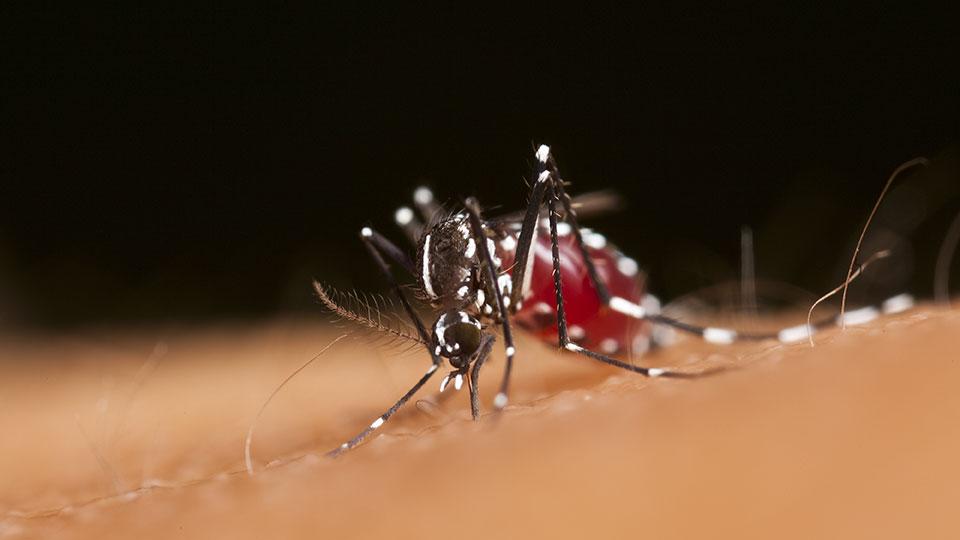Pediatricians warn against complacency vs dengue amid COVID-19 pandemic

The Pediatric Infectious Disease Society of the Philippines on Thursday urged the public to remain on guard against dengue amid the COVID-19 pandemic.
“I think we need to encourage health-seeking behavior," said PIDSP President Dr. Fatima Gimenez in an online conference conducted by the Philippine Pediatric Society (PPS). "I think doon tayo nagkukulang (that is our weakness), and hindi dapat binabahala nasa pandemya tayo (we should not be complacent because we are in the middle of pandemic)."
"Your dengue signs and symptoms can be very non-specific and minsan ang COVID din (sometimes COVID symptoms also)," Gimenez added. “Let’s talk about the possibility of this being confused with COVID, kasi (because it is) very non-specific ang signs and symptoms ng dengue.”
According to the Department of Health (DOH) the symptoms of dengue include the sudden onset of fever for two to seven days, headache, body weakness, joint and muscle pains, pain behind the eyes, loss of appetite, vomiting, diarrhea, and skin rashes.
Meanwhile, the World Health Organization (WHO) said the most common symptoms of COVID-19 include fever, cough, tiredness, and loss of taste or smell.
Sore throat, headache, aches and pains, diarrhea, rash on the skin, and red or irritated eyes are among the less common symptoms of COVID-19.
Gimenez said the public should be vigilant and aware of these symptoms.
“Ang pinaka importante dyan ay vigilant kayo, kahit nasa bahay kayo you need to be aware that pwedeng hindi yan simpleng lagnat, kailangan i-monitor. Importante yon. Its starts with us. Hindi mo kailangan maging doktor,” the health expert said.
(The most important thing is that you are vigilant, even if you are at home, you need to be aware that it may not be a simple fever, it needs to be monitored. It must start with us, you don't have to be a doctor.)
“Ang mga nanay, they are very good at saying may sinat, may lagnat ang anak ko mukhang ayaw kumain ngayon. Sa dengue ganyan usually unang araw pa lang bagsak na bagsak na ang bata walang appetite, they are highly febrile, these are the signs,” she explained.
(Mothers are very good at identifying if their child has a fever. For example, my child has a fever. It looks like he doesn't want to eat now. With dengue, it's usually just the first day that the child has no appetite, they are highly febrile, these are the signs.)
“Ang mga warning signs nito ay sakit ng tyan so huwag natin ipag-walang bahala kasi mas maaga natin silang madala [sa hospital] at least mabibigyan kayo ng lunas at edukasyon,” she furthered.
(Some of its warning signs are stomach aches, so let's not ignore these because we need to take them to the hospital as early as possible and at least give them treatment and proper education.)
The Philippines recorded 45,416 cases of dengue from January 1 to June 11, the DOH said.
The department said this was 45% higher compared to the 31,320 cases reported during the same period last year.
According to the DOH, Central Visayas, Central Luzon, and the Zamboanga Peninsula recorded the most number of cases at 13%, 12%, and 10%, respectively.
Gimenez then urged the public to keep their surroundings clean and to eliminate mosquito breeding sites.
Health Undersecretary Maria Rosario Vergeire earlier advised the public to follow the 4S strategy which is to search and destroy breeding places, secure self-protection, seek early consultation, and support fogging or spraying in hotspot areas. — DVM, GMA News




